23
Oct
Bird Photography Trip – Paradise Galapagos.
- By Gaurav Mittal
- 4 Comments
Frankly speaking, I was not sure weather I was nervous or excited for this bird photography trip to Galapagos. It has never come up in a conversation, at least not that I can recall that I don’t know how to swim or that I don’t care to be on cruises. I remember well, my only cruise was that on a giant ship with ten restaurants, and I was seasick the whole time and couldn’t splurge on the daily giant buffets. I was a kid then and imagine my dilemma! Today, I’m a bird photographer and I travel the world for my love of birds. In July I traveled to the Galapagos on the seventy-eight foot long boat named Samba, visiting fourteen Islands in fourteen days and making over fourteen landings in small zodiacs. The fear of water was always there, but I had to step out of my comfort zone and get over that fear. For there was paradise on the other side of it.
A single blog article cannot to justice to the beauty of the Galapagos Islands which in my opinion is a paradise for bird photography trips. In this article I have put together images I felt compelled to share with bird photography enthusiasts, with each image their are some bird photography tips and my thought process behind them. I suggest that as you read along do click on each image to see a larger version.
The Galapagos Islands are located in the eastern Pacific Ocean and are roughly six hundred miles east of Ecuador, the country to which they belong. The Galapagos comprise of eighteen main islands of which we had the opportunity to visit fourteen. Our journey began with a flight from Quito, the capital of Ecuador with a stop over in Guayaquil, the largest city in Ecuador. We finally arrived at Baltra Island, the entry point to the Galapagos National Park. We were greeted by our guide and naturalist Juan Manuel Salcedo. A thirty minute bus rides to the dock was a quite one for me, I was in a complete state of awe. I was breathing the air of Galapagos, I was on a land once visited by Charles Darwin, the man behind the theory of ‘The Origin of the Species’ which revolutionized the science world in the 19th century.
The first bird photography session of this astronomical bird photography trip took place the first afternoon after settling in our cabins on the boat. We had some beautiful light to work with on some Flamingos, which were in a saltwater lagoon. While it is always advisable to move around and find a spot that will help in coming up with a good composition, the Flamingo in this shot was constantly on the move and coming towards us. Instead of moving around, I decided to stay in my spot and wait for the Flamingo to get closer. Taking advantage of the long lens I decided to focus in closer on creating images that showed curves that were apparent as the Flamingo moved or bent. Curves usually represent the letter C or S but they can also take on various shapes. What do you think? To me the flamingo image above looks like a bow. Or is it a 3? The reflection here is a key element in completing the curve and giving it a balanced form. It is up to each of us on how we interpret an image, there is no right or wrong answer.
Did you know, A Flamingo searches for food in the silt with help of a sonar in it’s bill? the sonar enables it to detect organisms.
What about the eye contact in the image above? The dark morph Red-footed Booby is looking down. I’m really big on eye contact in my images because it provides us with the connection we need with our subject, but that does not mean there are no other ideal situations to photograph birds. If you are a bird photographer then you know that birds will never look up when they are very close to landing. Did you ever pull into your driveway while looking up or down? Probably not. Birds too need to look where they are landing. I like this shot because of the dynamic wing position and it’s posture. If your subject isn’t looking at you then look for interesting pose or behavior in it that will draw you in.
Did you know, the red feet of the booby are adapted to gripping branches? hence it is the only booby to nest in trees.
While working close to a subject with a long lens, it is important to keep in mind that the depth of field is very narrow and of critical importance. In this situation the male Great Frigate bird was not parallel to the sensor of the camera and I was relatively close to it, my vision was to capture a good portrait with fine details in the purple iridescence feathers reflected by the sunlight. Stopping down to f/13 gave me the critical sharpness I needed to create the image above. What a magnificent bird and I had fun photographing it!
Did you know, that during courtship display, the male inflates a huge red pouch under it’s throat? This display is meant to seduce a female which will continuously flyover looking for a suitable mate.
Bird behavior or for that matter behavior of any other wildlife is a major factor behind the images we capture. The behavior is a strong element in story telling as well as invoking our emotions. Here, we saw the male and the female Flightless Cormorants interacting with each other, which indicated that they were going to mate. Watching these beautiful blue-eyed birds interact was thrilling but watching this intimate scene happen was rewarding. I decided to stop down to F/11 here to get the additional sharpness I needed to get both the birds sharp, here again I was also close to the birds and that helped me look for curves and shapes, which became an important part of the composition.
Did you know that the Flightless Cormorant is the only species of all the Cormorants that cannot fly?
In order to tell a story, we need a sequence of images that can lead the viewer from one frame into another with a sense of continuance. That can sometimes happen as we continue to shoot or we can take images from various scenes and try to bring a story together. The image above is not a continuation from the previous image; it was made on the same island but a different spot. From witnessing the intimate moment to seeing a pair of Cormorants watching over their egg was a priceless moment. Why do moments like these bring excitement and jubilation? Is it because we relate these moments to the ones in our own lives or is just the pure thrill of capturing them in the wild and being in the right place at the right time? As a photographer, I would say that it is much more then that. Images we make are a reflection into our own lives and they do tell a story about us.
On a visit to a captive tortoise-breeding center in the highlands of Floreana, we had the opportunity to get a close look at some of the tortoise that Galapagos is well known for. What caught my eye was a small group of very noisy small ground Finches that were hopping around a small piece of island covered with epiphytes and liquens. The damp and dark conditions provided the challenge in shooting these skittish little birds and the following three hours were a pure labor of love. The image above of the Small Ground Finch was the best one I managed to shoot, what I liked the most was the head angle and details in the feather. I had to bump the ISO up to 1600 in order to get enough shutter speed to get a sharp frame. A distracting twig on the right of the birds leg was cloned out.
Did you know that the Darwin’s Finches, as they are referred to belong to the Finch family but make up a subfamily called Geospiznae found only in the Galapagos? The fourteen species are endemic to the archipelago and look so much alike that it was the trained eye of our naturalist and guide Juan that helped me identify them.

Canon ID X, Exposure: 1/800sec, F/5.6, Lens 300mm+1.4x, ISO 800. Hood Island, Punta Suarez. Espanola
Flight photography is my favorite form of bird photography. The sheer beauty and power of bird in flight is on display and when captured well, reveals the grace and elegance with which birds take to the sky and carry out maneuvers which are no less then breath taking. Knowing your subject and its location is always helpful in choosing the right tool for the job. The Waived Albatross is a very large sea bird and often found close to cliff sides. The wind speed and direction were in our favor and we found a group of Albatross that were coming off the side of the cliff and banking in our direction. With the conditions in our favor, I now had to decide on a composition that would be ideal, as photographers we tend to shoot birds in flight in a standard horizontal mode, it is by far the stable way of shooting. Here I decided to challenge my self by hand holding the camera vertically and get an ideal composition for a large bird in banking pose. It is better to shoot an image like this in vertical format rather then cropping a horizontal to a vertical, you will save some pixels while maintaining the overall quality of the image.
Did you know, the Waived Albatross is endemic to the Galapagos and only found in this part of the world? With a wingspan of 2.5 meters it can live up to 40 years. It is a cousin to the Petrels and the Puffins.
As beautiful as the Waived Albatross are, the same can not be said about their young ones. The chicks are anything but pretty, they look like a big brown fur ball having a bad hair day. None the less, I found them to be rather adorable and quite comical. I have seldom had the opportunity to photography chicks of birds, so this was an opportunity that I was not going to miss. Photographing a sleeping chick isn’t very exciting, though I must say that they look adorable even when tucked away under the parent. We were lucky to come across this little one screaming, wailing and begging it’s parent for food. While I wanted to create an image with the chick interacting with it’s parent, it was evident that it was distracted by our presence. We were then asked by our guide to quickly move on so as not to disturb the feeding process.
We always put emphasis on composition when shooting birds or other wildlife, the rule of thirds plays a crucial role in creating strong composition. Leaving some space in front of the bird is ideal to give it more room to fly out, while that may be the norm but there are always exceptions to the rules. The Tropicbird in the image above is centered and flying away from us, my goal was to capture this pose and position. In doing so I was able to not only get a better look at the birds topside that has the beautiful patterns but also include it’s long tail without cutting it off. I also choose to include the rocks in the background to show its habitat.
Did you know the Tropicbird is an offshore feeder? It feeds on fish and squids by plunge diving during the daytime. It lays its egg in a crack of a cliff or between rocks.
Dull dark days can be just as exciting for shooting birds in flight. There is an aura about white birds against a white background; over the past few months I have seen some beautifully executed shots where I perceived the birds as descending from heaven or as flying angels. In the image above, the thrill of the Tropicbird flying towards me with a head on stare was just so personal and intimate; it felt as if the bird had opened up its soul to me. The diagonal wing position with the head on stare is a good example where the bird can be framed in the center, the wing tips tilting towards the edges of the frame also bring balance and the bird looking right at us becomes the center of our focus. This composition works better then one where we get the “pancake” or flat wing position.
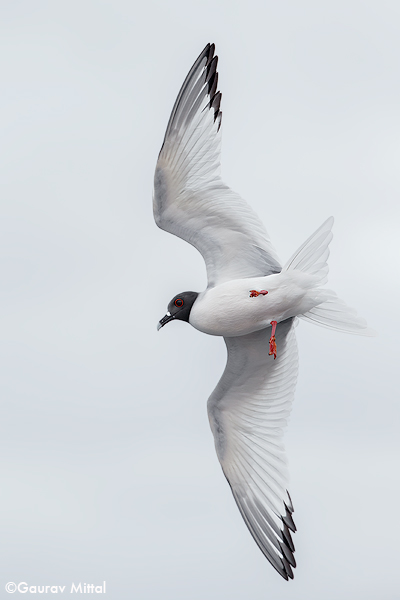
Canon ID X, Exposure: 1/1250sec, F/5.6, Lens 300mm +1.4x, ISO 800. Barrington Bay, Santa Fe. South Plaza.
I like to present my images in the way I saw them out in the field, in other words my images represent nature as I see it. I do however like to experiment with creating artistic and surreal images, which means I have to distort the reality. When a photographer distorts reality, it is important that it be stated so the audience knows the true nature and intent of the image. The image above of the Swallowtail Gull was made with the camera held vertically, of all the images I made of this Gull, this one intrigued me the most. The Gull was looking back at me and the stretched out wings just looked godly, instantly I knew that I wanted to bring out more details in the patterns on the wings. Here I applied the detail extractor preset in Color Efex Pro and found the results to be very pleasing, I’m now instantly drawn into the wings from top to bottom. So what do you think, do you like the way the bird looks or is to unrealistic? well, at least I told you what I did to this image.
From a bird photographer’s perspective, the images begin to come together the day we start dreaming about our journey, when we start researching our subjects, the logistics and finally the trek to our destination. I can not emphasize enough, the importance of thoroughly researching your destination and the wildlife you are likely to encounter. Before the trip I spent a good month pouring over an excellent book called, “Galapagos A Natural History Guide” by Pierre Constant, it helped me understand the geography of the Galapagos and it also provided vast information on the history of it’s wildlife. A long photographic expedition also comes with it’s challenges, dealing with the physical wear and tear, being away from the family and so on are a part of a photographers life, but the rewards and blessings are also there, we often come across people on our journeys that become a very pivotal part of it. Our guide Juan who is also the owner of the Samba along with his wonderful crew looked after us through the two weeks and helped in making our dreams a reality. My images are a testimony to their efforts in getting us to the best locations on the Galapagos Islands; most importantly they understood my fears and looked out for me with a sense of urgency and priority. The Samba was no giant cruise ship, but it was our home for two weeks and I felt safe in its belly.
“Don’t let your fears stop you from going after your dreams” – Gaurav Mittal




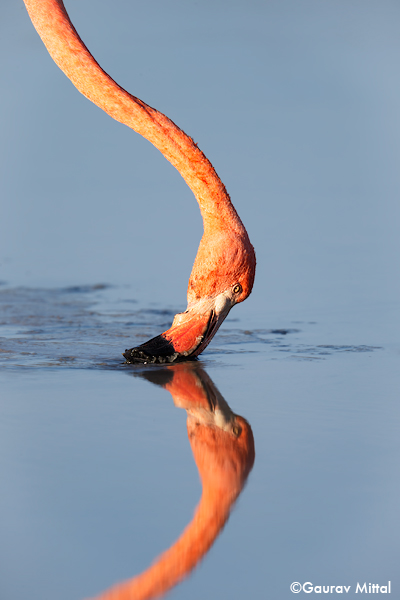
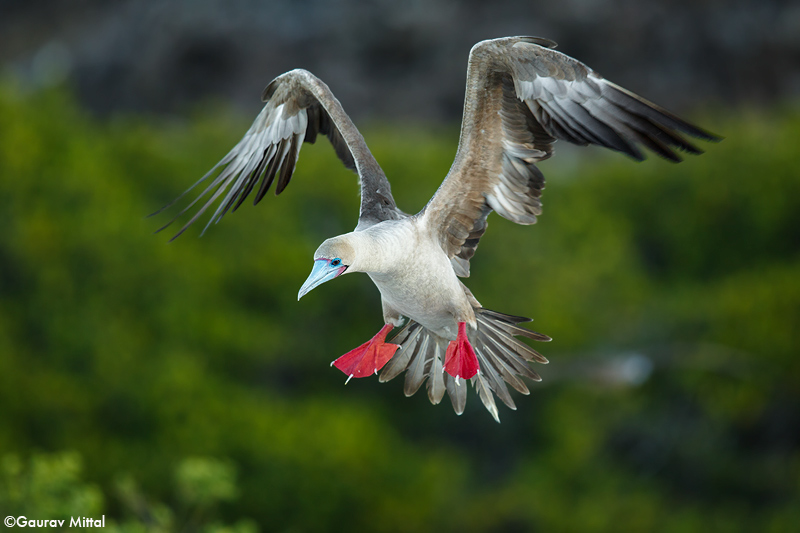




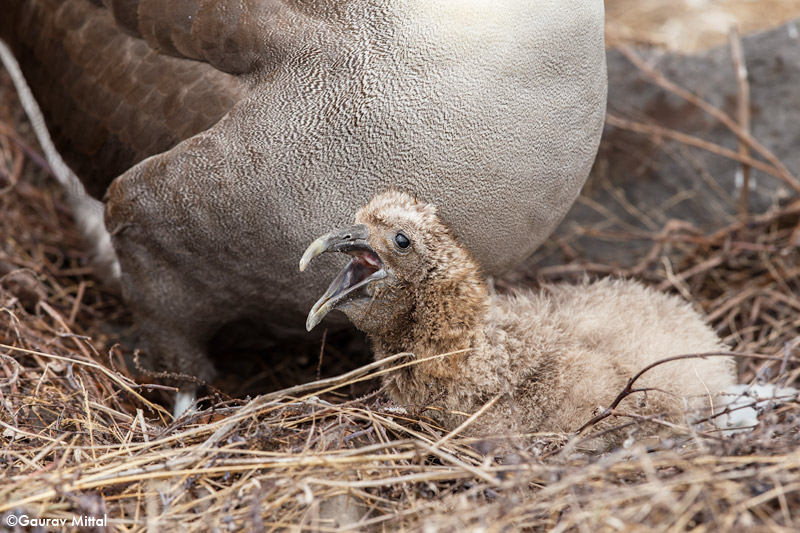

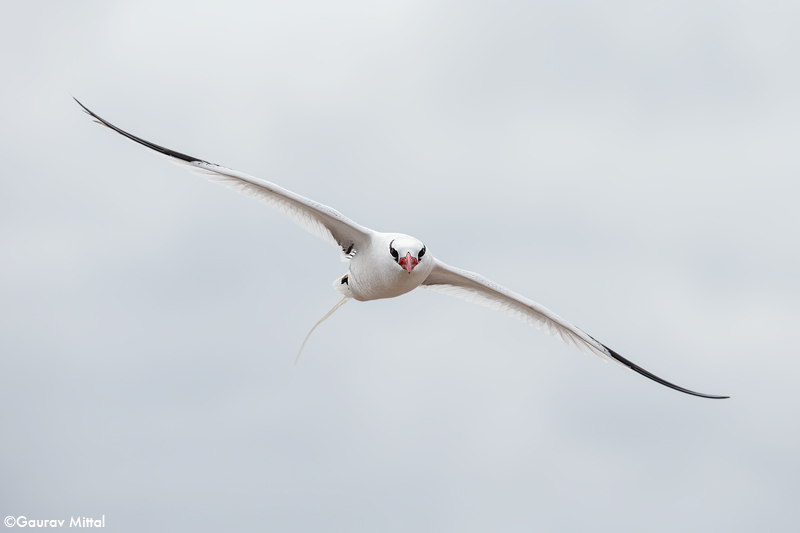
May 22, 2015
Excellent tips and suggestions for another serious birder.
May 24, 2015
Thank you.
June 20, 2015
Lovely Captures !!
June 25, 2015
Thank you!
Submit a Comment